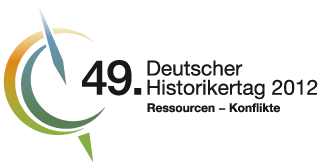Welfare regimes in South Africa in the second half of the 20th century
Referent/in: Patrick HarriesAbstract:
South Africa is a middle income country with the highest Gini Coefficient in the world. The need for welfare is extreme in a country where unemployed work-seekers make up 25% of the population and another 10% have given up looking for work. Child poverty is rampant in a country where, especially in rural areas, females head almost 40% of households and where 57.2% of the black (African) population lives below the poverty threshold (in comparison with 2.1% of whites).
In 1928 the state established non-contributory, means-tested old-age pensions for white and coloured (‘mixed race’) citizens. A government Department of Welfare (established 1937) extended pensions to the black population in 1944 but in a highly discriminatory manner. In 1947 a State Maintenance Grant (SMG) covered the welfare needs of white, coloured and ‘Indian’ children of single parent families. The apartheid regime installed in 1948 entrenched this discriminatory system, seeing Africans as rural people living in rural areas reserved for their occupation; and held that their access to these ‘homelands’ made up for the lack of state welfare. The inability of these ‘bantustans’ to feed the rural, black population contributed to the collapse of apartheid in 1990 and to the end of racially discriminatory welfare payments.
The black-majority government, elected in 1994, has had to balance the need to compensate the formerly disadvantaged population, and bring about equality, with the need to grow the economy. In 1998 government replaced the SMG with a Child Support Grant that today reaches a population of over three million. Disability and foster-care grants particularly serve families hit by HIV/AIDS. There are today about 12.4 million recipients of social grants in South Africa and 3.1% of GDP goes into welfare. The state also extends aid to households through other mechanisms, such as housing subsidies and a National Student Financial Aid Scheme. There are active discussions about a comprehensive Basic Social Grant and a National Health Insurance scheme. But a narrow tax base restricts the extension of welfare in South Africa. With three recipients of social grants to every taxpayer, these discussions about new redistributive mechanisms rest on a very different foundation from that encountered in countries of ‘the North’.


